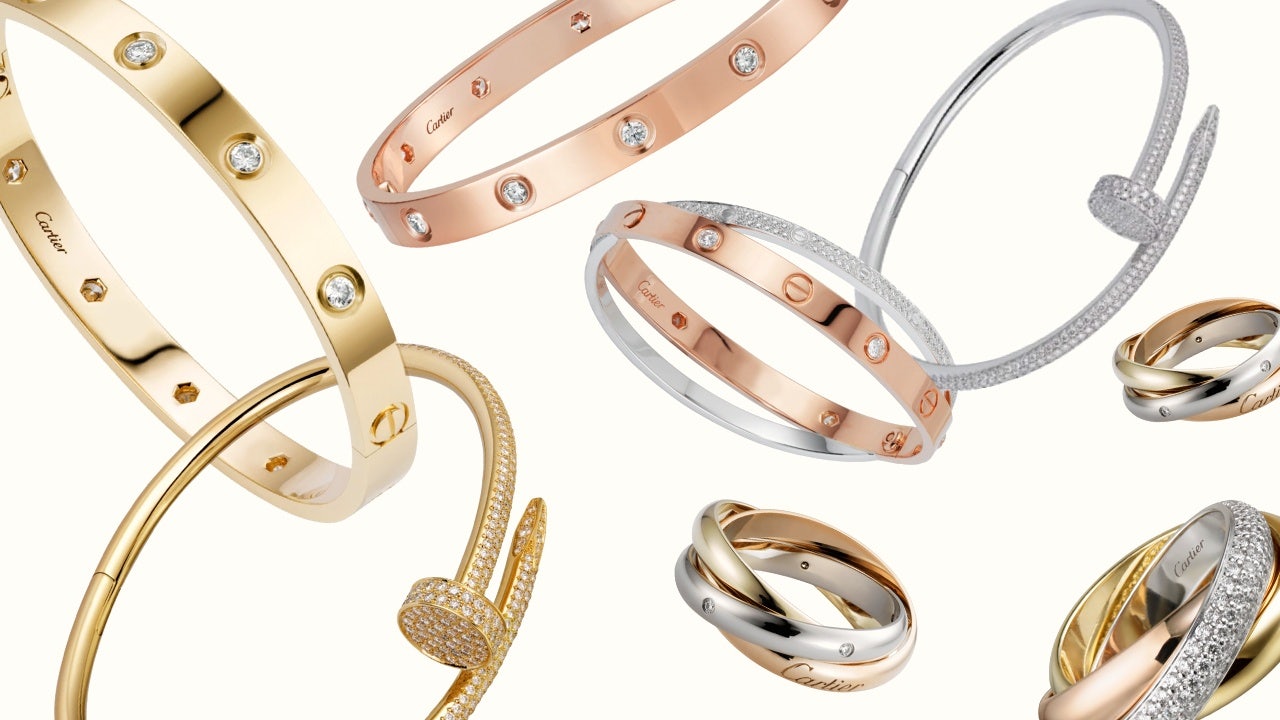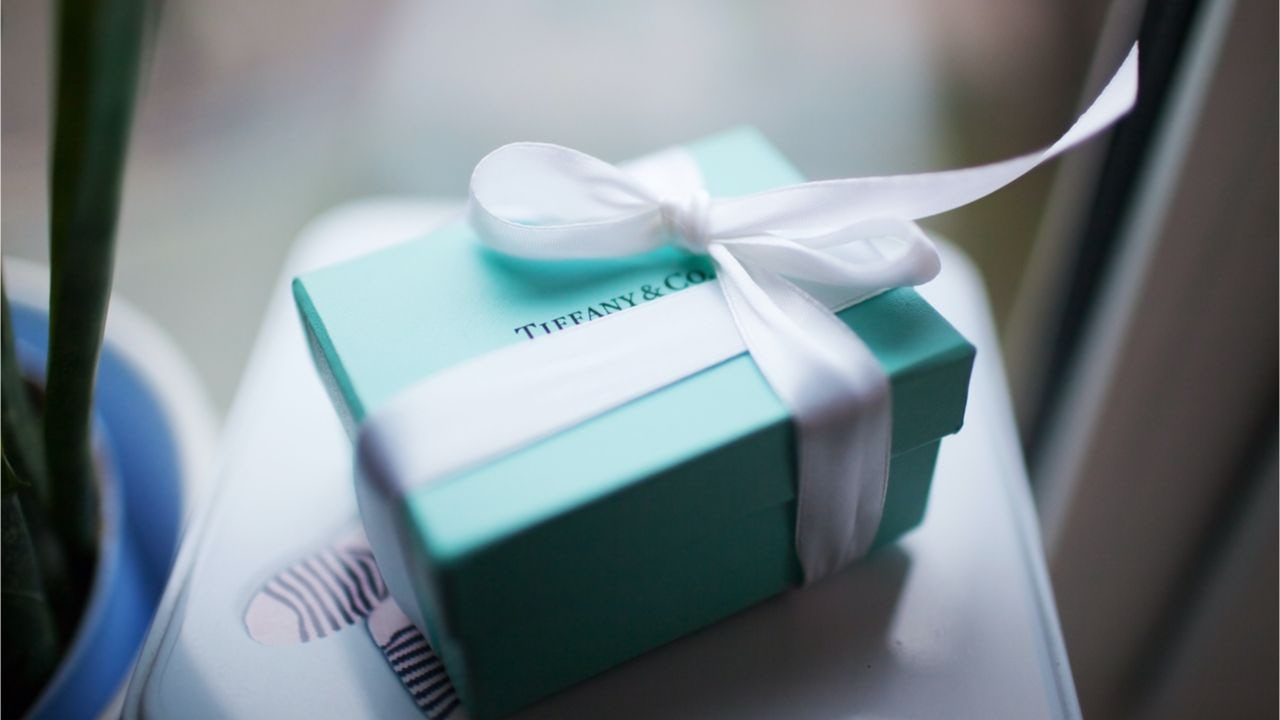The mining giant De Beers Group’s 17 percent revenue slump in 2019 is a warning of a freezing global diamond industry. The crisis triggered by floundering rough diamond prices is forcing the former monopoly to focus on polished diamonds. To deal with the pressure from the wholesale market, De Beers will pour resources into improving retail performance, budgeting even higher than last year’s 170 million on marketing. The two targets are China and the U.S.
Different from the U.S. which has a diamond purchasing habit for over half a century, China is still a relatively new market for diamonds and one with great purchasing potential. According to The Diamond Insight Report 2019 released by De Beers, China is now the second-largest market for diamond jewelry and has shown the most substantial capacity for lifting consumer demand. As diamond consumption has risen in such a short time, stakeholders are encouraged to keep betting on China’s diamond market.
Relationship-related gifting dominates the market#
In China, marriage is still the norm for adults; it’s both a duty and a responsibility to society and family. The Reform and Opening Up policy announced in 1992 exported some western customs to China including the gifting of diamonds as a symbol of commitment. The proportion of Chinese brides receiving a diamond has shifted from 0 to 47 percent in less than 30 years, indicating diamonds has been well-received by Chinese consumers. Now, love-related gifting dominates China’s diamond market, accounting for 58 percent of diamond acquisitions, according to De Beers Group-commissioned Diamond Acquisition Study China 2017.
The Chinese marriage is also of grave importance to extended families too — not only the individual couples. The sizeable market share related to engagements and weddings is attributed to a couple's parents who generously supported marriages - they are the generation with the core financial spending power. Though newlyweds are financially independent, this tradition has been passed down for generations. Most young millennials and Gen Zers are the only children of their families and parents tend to gift a budget for wedding jewelry.
When choosing commitment tokens, especially diamond rings, Chinese brides favor luxury brands and styles worn by celebrities. High-end jewellers with less presence than well-known brands such as Tiffany & Co. and Cartier have gained growing awareness in China thanks to a celebrity endorsement. Angelababay’s post of her Chaumet engagement ring on social media drove online traffic for the brand, while TV shows such as Gossip Girl and Sex and the City introduced Harry Winston to millions of Chinese millennials. Both have since become “dream diamond brands” for many Chinese females.
Love moments trump eternity#
The dating landscape has been ever-changing in China recently. The divorce rate has climbed over the last decade and younger generations know that marriage no longer guarantees a lifetime commitment. Thus the eternity that diamonds represent is less convincing in the context of contemporary China. Thus, to counter shifting perceptions of diamonds, the Diamond Producers Association (DPA) launched a campaign “Living in Love” in 2018 that highlighted love-moments in daily life; it dramatically reimagined diamonds outside engagements and weddings.
Similar initiatives have been implemented by big-name jewellers who are using festival culture as a way of infiltrating the domestic market. By decorating public spaces and shopping malls during holiday seasons, especially Christmas, Chinese New Year, and Valentine’s Day, companies are re-educating consumers on how to express love on a variety of occasions. De Beers launch a WeChat boutique pop-up to celebrate the holiday season from December to the end of January. This innovation resonates with the digital-savvy generations used to online exposure to luxury goods. From product curation to storytelling, the online pop-up is conducive to self-purchasing and gifting which is not love-related.
Understand younger generations’ attitudes on diamonds#
Of course, having a relationship is not the only reason to purchase a diamond. As Chinese females have increased financial independence and pursued personal achievement outside of families and relationships, they disregard the stereotype that diamonds have to be gifted by males; instead, they consider purchasing diamond as a commitment to independence or simply as building up their daily accessory collections.
Younger consumers are usually in the early stages of careers, meaning a limited budget. From the retail space “Libert’aime” by the Forevermark brand in Shanghai to “My First De Beers” collection featuring small carat versions of classical designs, De Beers is dedicated to making diamonds more affordable and accessible for young clientele. “Jewelry pieces with simple designs can match with my outfits and compliment other accessories,” says Bonnie Zhang, a 25-year-old consumer. “I want something I can wear for a long time and diamonds look more timeless than say, a gold bracelet.”
The marriage between diamonds and other materials, such as “couple rings” and iconic styles decorated with diamonds can be enormous opportunities for diamond jewellers winning over young consumers. “Couple rings” – a set with matching designs - are common among Chinese prospective spouses and the most popular type is a platinum ring with diamonds, totalling 74 percent of the couple rings acquired in China, according to The Diamond Insight Report 2019.
“Platinum has been in the dominant position among diamond jewelry,” as Zhenzhen Liu, Director of Global Corporate Marketing at Platinum Guild International (PGI), shared with Jing Daily. “The ritual of “exchanging the pair of rings” between brides and grooms was introduced to China by PGI and has become more accepted among young generations, especially those in Tier 1 and 2 cities.”
Chinese clientele is becoming more attuned to the representation of jewelry and instead are focusing on the craftsmanship and design of an object. They are self-educating themselves on how to differentiate a diamond’s quality and are in turn sharing this detailed knowledge online among their peers. Little Red Book’s recent posts about experiences of purchasing diamonds reaffirm this — diamonds are playing a higher role in expressing consumers’ lifestyles and social capital.
Inspired by Millennials and Gen Zers’ spending, power diamond retailers are now shifting their targets from upper-echelon buyers to young, emerging consumers. De Beers red carpet jewelry worn by beloved celebrities and actors such as Ouyang Nana and Liu Shishi (recognized among Gen Zers and Millennials respectively), has shed light on its big appetite among younger consumers.
It’s difficult to estimate how many consumers are diamond lovers but they want to shine, no matter inside or outside of marriage. As LVMH and Tiffany & Co.’s deal is approaching a close, the American jeweler is expected to optimize LVMH’s specialities on marketing and branding to facilitate retail expansion in China. Jewelers have to understand that only products and values that are as meticulously polished as diamonds can be attractive to millennials and Gen Zers.


